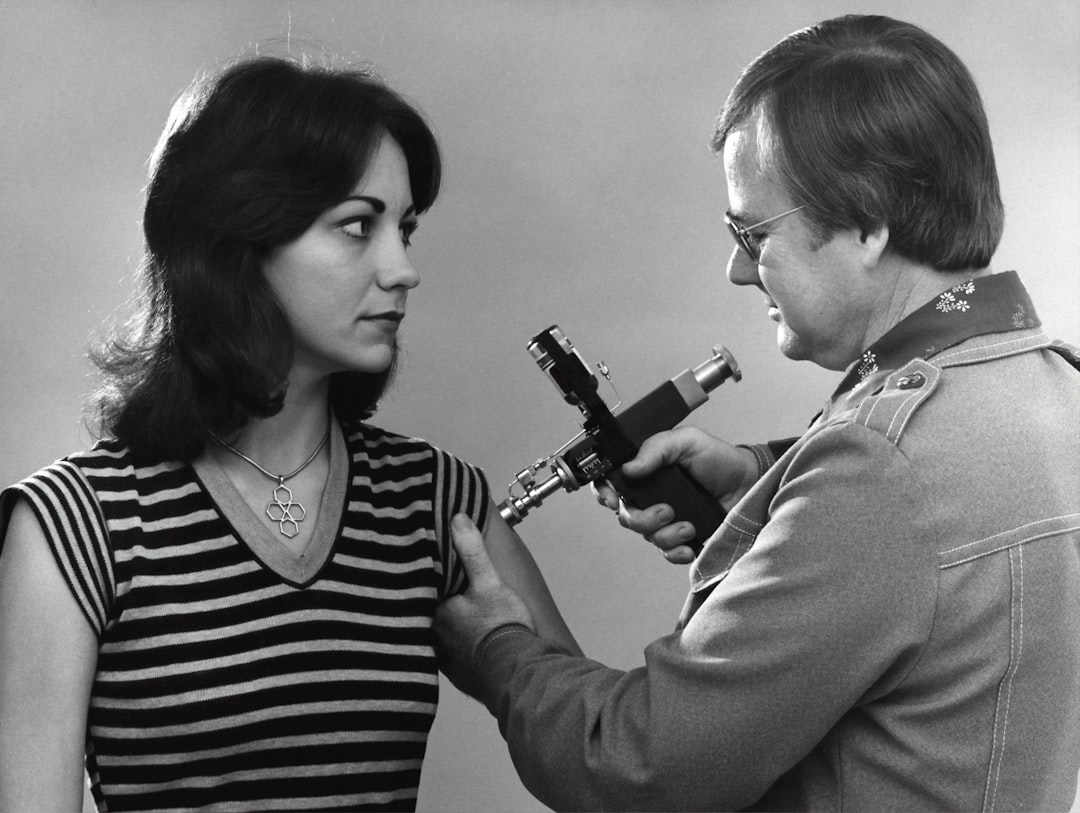What is it about?
A remarkable feature of the female reproductive tract in many mammals, birds, fishes and reptiles is its ability to keep sperm alive for long periods, ranging from a few days to a few years. How this is achieved has remained a mystery despite several decades of research. Here we review what is currently know about the mechanisms responsible for sperm storage in an effort to identify clues that might be useful for the development of methods for artificial insemination.
Featured Image
Why is it important?
If we could understand the physiology behind long-term sperm storage it would help with the development of long-term sperm storage methods for use in animal breeding and human clinical medicine. At present, the only way to store sperm outside the body for more than a few days is to use freezing techniques. These cause considerable damage to sperm from most species, and significantly reduce the longevity of those that survive.
Perspectives
It is strange that after decades of research, we still do not know how some species maintain sperm viability for long periods, sometimes for more than a year, in the female reproductive tract. As many unrelated species have evolved this ability, we might suspect that it is a very simple process and should amenable to investigation by modern techniques. However, as this is not the case we might take the view that there are multiple solutions to the same problem, namely keeping sperm alive. However, if this were true we might expect that it would be easy to stumble across one of the "many" effective methods that have been developed in nature. Unfortunately this is also not the case and the puzzle remains to be solved.
Professor William Vincent Holt
University of Sheffield
Read the Original
This page is a summary of: Sperm Storage in the Female Reproductive Tract, Annual Review of Animal Biosciences, February 2016, Annual Reviews,
DOI: 10.1146/annurev-animal-021815-111350.
You can read the full text:
Contributors
The following have contributed to this page










